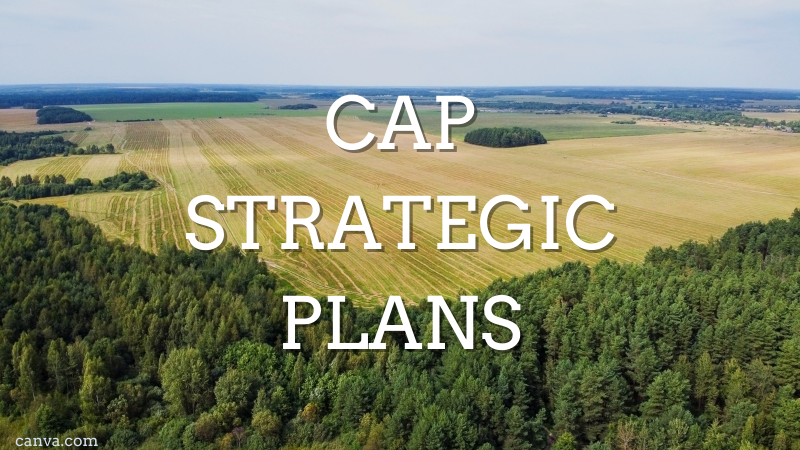
“Rural Europe Takes Action – No more business as usual”, the book published by ARC2020 and Form Synergies in June last year, ended with a mysterious unwritten regulation, the Common Agricultural Policy of the future. Only it is not. It is much broader than that. We called it the European Rural and Agricultural (and Food) Policy (ERAP). So, what is it about and why is it important to talk about it now? Let’s dive into it.
This article is divided in two parts. In this first part, we will first assess the why we urgently need a new CAP by looking at how it has performed on its main objectives.
By Mathieu Willard
An underachieving CAP
The Common Agricultural Policy (CAP) is undoubtedly Europe’s flagship legislation. It has been around for 60 years, eats 31% of the total EU budget and no one ever seems to be content with it. But why is that?
The aims of the CAP, as stated on the European Commission (EC) website, are to:
- Improve agricultural productivity;
- Ensure decent incomes for farmers;
- Help tackle climate change and the sustainable management of natural resources;
- Maintain rural areas, landscapes and keep the rural economy alive.
But how did the CAP perform on these?
Improved agricultural productivity
The only exception to the overall underachievement of the CAP might be agricultural productivity, which has been growing continuously.
But since 2005, the trend has slowed rapidly. Total Factor Productivity (TFP), an indicator representing the ratio of agricultural output (production) to their input (such as land, labour and capital), shows a sharp drop in growth for the oldest Member States (EU-15), from 1.3% (1995-2005) to 0.6% (2005-2015). Germany even recorded negative TFP growth in recent years.
This remaining growth is mostly explained by a shortening in workforce, as the number of farmers continues to decline in the EU. Labour productivity has increased, maintaining an overall positive TFP.
So, for now, agricultural productivity is still slowly increasing. But this trend can only be maintained as long as fewer and fewer farmers, through the extensive use of expensive machinery, chemical fertilizers and pesticides, continue to farm more land. But at what cost for our climate and biodiversity?
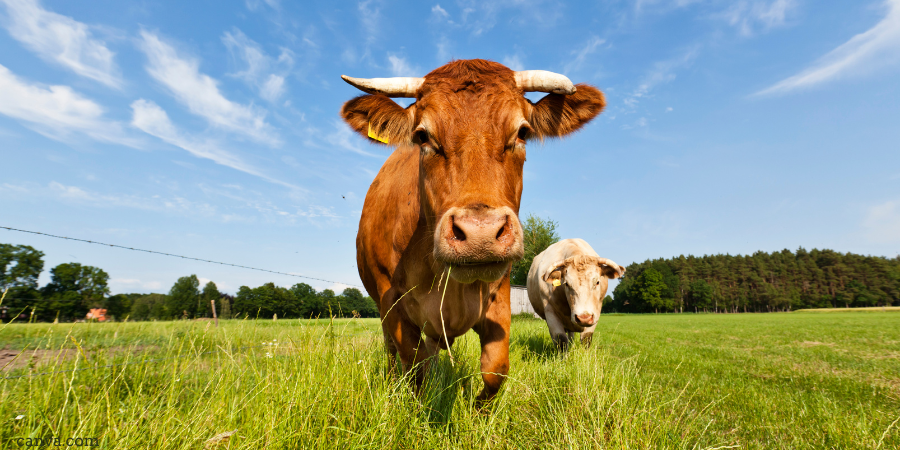
Ensure decent incomes for farmers
Through the 1992 MacSharry CAP reform, the goal was to take a big step towards the support of farm incomes in that product support was replaced by producer support (area-based subsidies). But 30 years later, according to the EC numbers, the average farmer income is still around 40% lower compared to non-agricultural income.
And it is hard to believe that the current CAP will change anything about it, as 80% of the budget goes to the 20% largest farms.
Help tackle climate change and the sustainable management of natural resources
Reducing GHG emissions in the agriculture sector has been a slow process. According to the FAO, while GHG emissions of agri-food systems represented 23% of total EU emissions in 1990, it now represents 31%. Since 2005, the reduction rate has been mostly stagnant.
According to the European Environment Agency, and based on EU Member States current policies, this trend is projected to continue through 2040, with only a 1.5 % decrease expected between 2020 and 2040.
Interestingly, while on-farm emissions were the main driver of total agri-food emissions in the 1990’s EU, it is now pre- and post-production emissions that take the first spot. This shows that an integrated approach of agri-food systems is needed to tackle emissions.

Natural resources are in no better shape. Pesticide use in the EU did not decrease over the past 10 years, despite their toxic effect on biodiversity. Soil erosion is about two times higher than soil formation in agricultural lands of the EU. And to palliate this loss in fertility, chemical fertiliser use increased in the past 10 years (+6.9% for nitrogen ; +21.9% for phosphorus).

Maintain rural areas, landscapes and keep the rural economy alive
Since the 1999 reform which introduced the two pillar structure, the CAP has aimed to promote the development of rural areas. But so far, rural development measures have primarily targeted agriculture (e.g. through farm investments, farmer training, environmental protection in agricultural ecosystems).
To analyse the impact of the CAP on rural development, we have to look at economic, demographic and social evolutions. On those:
- The Gross Domestic Product (GDP) per capita in rural areas is on average 70% of the EU average.
- Rural exodus has not eased in 60 years (see figure 2).
- The number of farms dropped by 37% between 2005 and 2020. The EU lost 2 million farms (one quarter) across the Member States between 2005 and 2016, about 85% of which were farms under 5 ha.
- Young farmers (under 35 years old) represented only 7,3% of farm managers in 2005 and 6,5% in 2020.
- Only 29% of farms in the EU are managed by women. And only 4.2% of those women are under 35 years old while 42% are older than 65.


Those issues are not only numbers. One of the greatest challenges in rural areas right now, and especially for farmers, is loneliness. A few years back, as part of my master’s thesis, I visited dairy farmers in Wallonia to discuss their social contexts. Loneliness and isolation were often cited as a great burden that, mixed with financial issues would lead to suicide. Here is what one of them told me.
“In the past I worked outside the farm and when I stopped, from one day to the next I was cut off from social life. (…) I suffered from it. I missed my social life, I’m not afraid to say it.”
The Commission and the European Parliament must team up and acknowledge the lack of suitable EU response to these rural issues: fewer local education or job opportunities/choices, difficulties in accessing public services or transport services, inadequate internet or health coverage, or a lack of cultural venues/leisure activities[1].
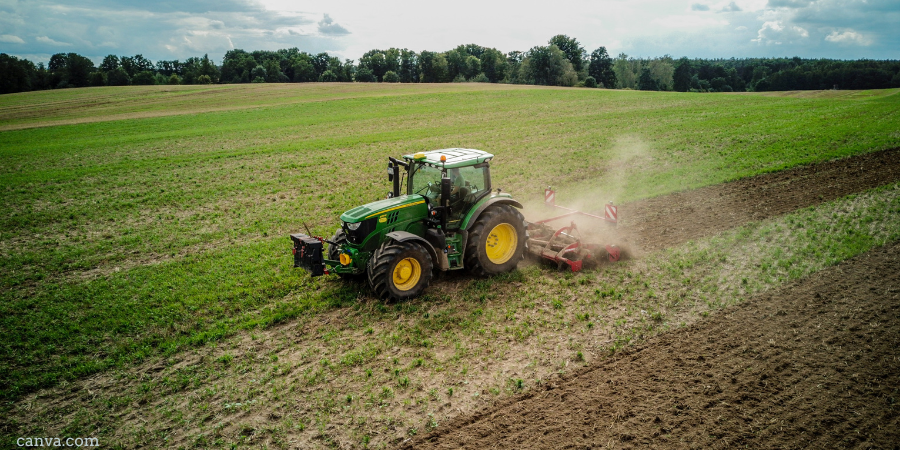
Part 2 coming up…
Stay tuned, we will soon publish Part 2 which will present the main propositions from the European Rural and Agricultural Policy.
If you want a sneak peak, go check out our book “Rural Europe Takes Action – No more business as usual”
[1] https://library.oapen.org/handle/20.500.12657/60569
Download this article as a PDF
 This article is produced in cooperation with the
This article is produced in cooperation with the
Heinrich Böll Stiftung European Union.
More on CAP Strategic Plans
Can the CAP Strategic Plans Help in Reaching our Pesticide Reduction Goals?
Wallonia’s Observation Letter: A plan that fails to address climate and biodiversity crises
CAP Strategic Plans and Food Security: Fallow Lands, Feeds, and Transitioning the Livestock Industry
A Just and Green CAP and Trade Policy in and Beyond the EU – Part 2
A Just and Green CAP and Trade Policy in and Beyond the EU: Part 1
Bulgaria’s CAP Strategic Plan: Backsliding on Nature and Biodiversity
Changes “required” to Ireland’s CAP Strategic Plan – European Commission
French CAP Plan: What Opportunities for Change During the New 2022-27 Presidential Term?
CAP, Fairness and the Merits of a Unique Beneficiary Code – Matteo Metta on Ireland’s Draft Plan
ARC Launches New Report on CAP as Member States Submit Strategic Plans
Slashing Space for Nature? Ireland Backsliding on CAP basics
Quality Schemes – Who Benefits? Central America, Coffee and the EU
Civil Society Organisations Demand Open and Ambitious Approval of CAP Plans
CAP Strategic Plans: Germany Taking Steps in the Right Direction?
CAP Strategic Plans: Support to High-Nature-Value Farming in Bulgaria
Commission’s Recommendations to CAP Strategic Plans: Glitters or Gold?
German Environment Ministry Proposals For CAP Green Architecture
CAP Performance Monitoring and Evaluation Framework – EP Position
A Rural Proofed CAP post 2020? – Analysis of the European Parliament’s Position
CAP Beyond the EU: The Case of Honduran Banana Supply Chains
CAP | Parliament’s Political Groups Make Moves as Committee System Breaks Down
CAP & the Global South: National Strategic Plans – a Step Backwards?
CAP Strategic Plans on Climate, Environment – Ever Decreasing Circles
European Green Deal | Revving Up For CAP Reform, Or More Hot Air?
Climate and environmentally ambitious CAP Strategic Plans: Based on what exactly?
How Transparent and Inclusive is the Design Process of the National CAP Strategic Plans?



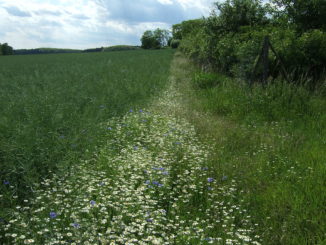
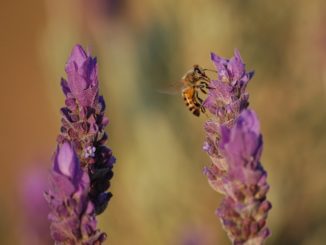
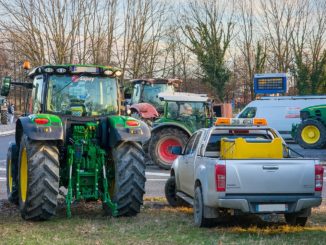
2 Trackbacks / Pingbacks
Comments are closed.